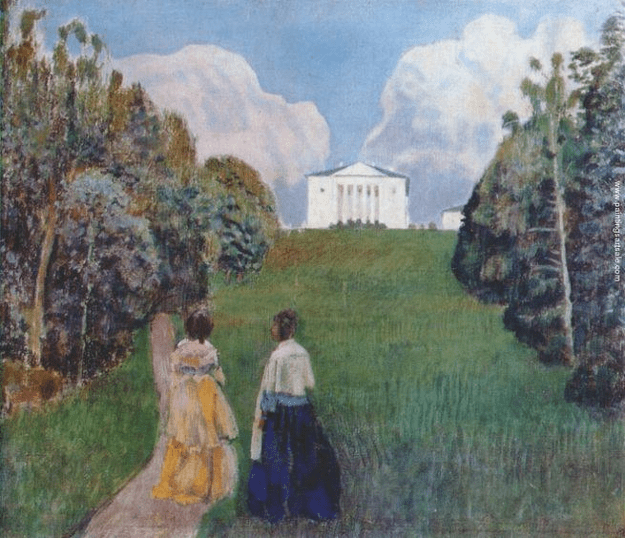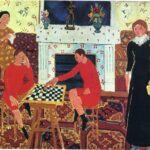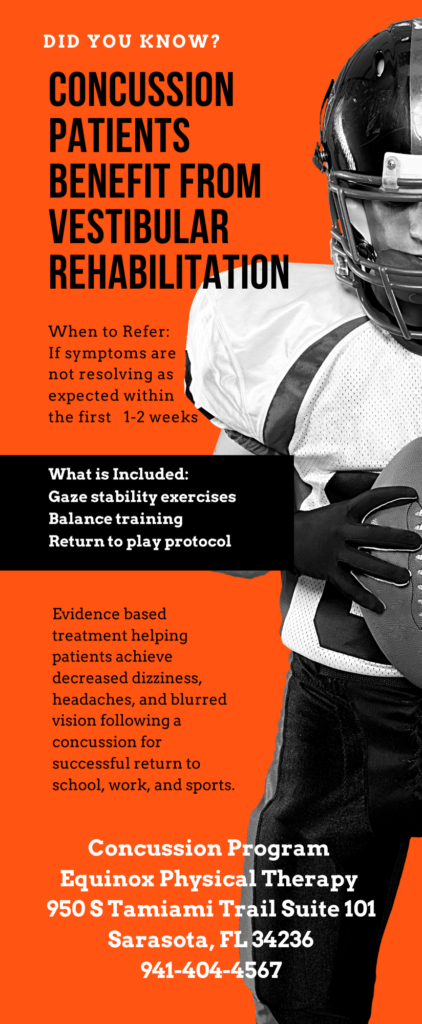One really cannot understand how much we use our vision to help us balance until it is taken away. That is why a standardized test for balance is to stand with feet together and eyes closed. The test is called the Romberg test, and the goal for most adults regardless of their age is to stand for at least 30 seconds with good balance.
Last week, my patients with balance problems were tested in a more functional way. Equinox Physical Therapy is located in Sarasota, Florida and what became Hurricane Hermine was approaching our shores. It was around 1 pm when the brunt of the storm rolled into Sarasota. The sky became pitch black. Looking outside my office window, one would think it was midnight! The patients who were coming in for afternoon appointments were used to coming in the daylight, not in conditions where the sky was dark as night. This made negotiating the parking lot much more challenging. Then the electric when out, and the hallway was almost completely dark. Everyone could clearly see how much we rely on our vision to help us balance and walk, and we were all grateful when the electric was restored. In the dark, some patients did better than others. The ones that did the best were the patients whose brains had learned how to use inner ear balance information and somatosensory information (the information from our joints and muscles that that tells the brain what position our body is in). The patients with damaged inner ear systems, or the patients that were not good at using their inner ear information, had the greatest trouble in the dark.
Understanding this problem, and why it happens, allows us as physical therapists to create exercises that will force the brain to practice using inner ear information. One such exercise is based on the Romberg test that I described at the beginning of this article. The patient stands in a corner with a chair in front for safety. If they are very unsteady, a family member stands by, ready to assist them if need be. They stand with their feet shoulder width apart, hands at their sides, and they close their eyes and try not to sway. They will stand for 2 minutes, unless they are too dizzy or become tired. As the exercise gets easier over the next few days, they gradually move their feet closer together to make it more challenging. Over time, they become less dependent on their vision, and better able to use their inner ear balance information and somatosensory information to balance. In real life, this helps in conditions where they must walk in a darkened setting or in the case of Hurricane Hermine when the lights went out…
Included image: In The Light Of The Setting Sun, painting by Victor Borisov-Musatov 1904




